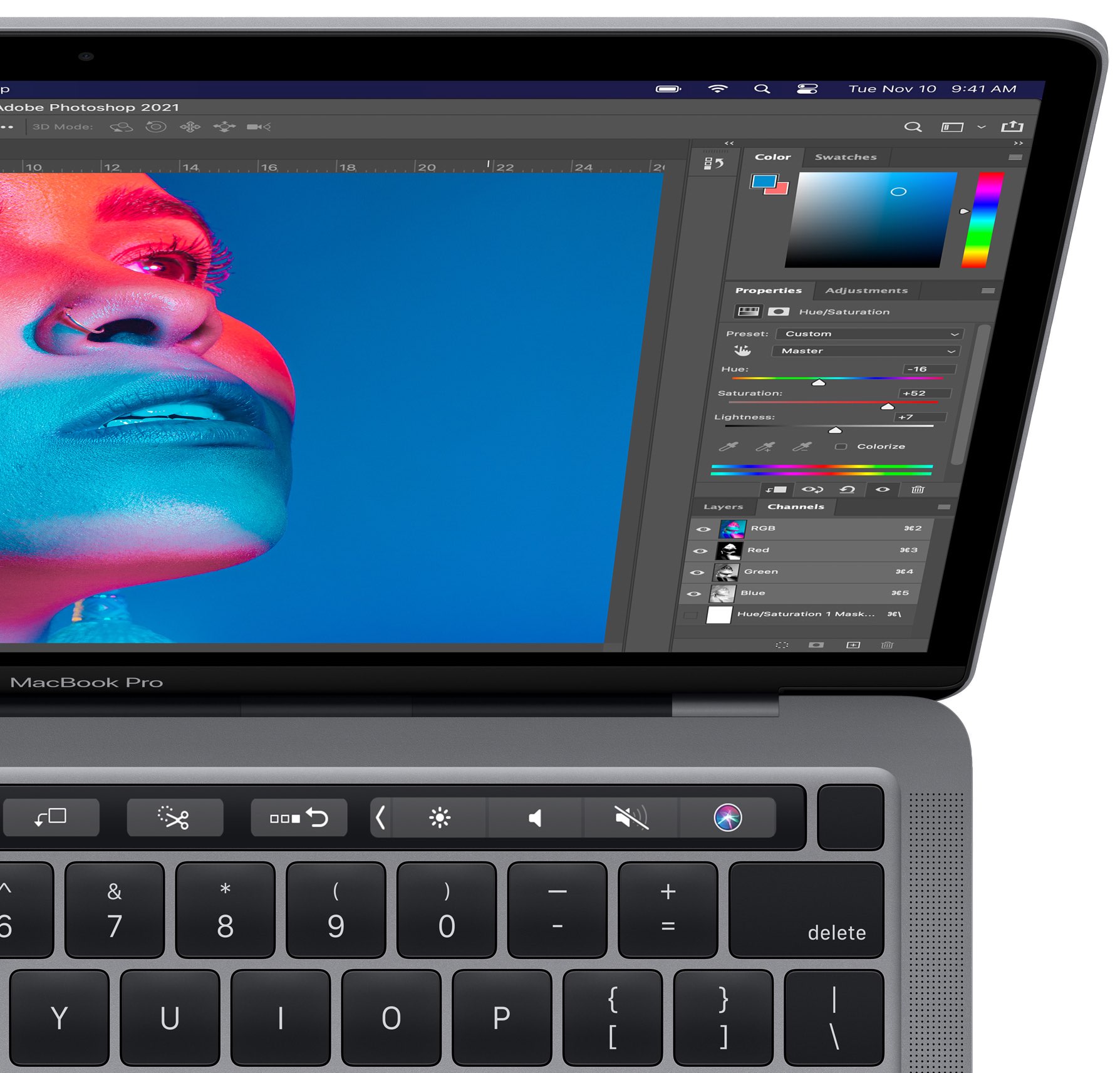

These settings can improve real-time playback performance. In DaVinci Resolve, navigate to Preferences > User > Playback Settings and check the “Hide UI overlays” and the “Minimize interface updates during playback”. The maximum and the default setting for this preference is 75 percent of your system’s RAM. To set a memory limit navigate to Preferences > Memory and GPU > System. Please keep in mind that the amount of RAM required for optimum performance depends on your workflow. It is recommended that memory allocation for DaVinci Resolve is increased to 32 GB or above. This is the lowest possible amount of RAM to get Resolve up and running. If you require a general overview of achieving better playback performance in DaVinci Resolve, head to our blog: DaVinci Resolve: 5 ways to achieve better playback performance DaVinci Resolve Settings Set Memory Usage LimitĭaVinci Resolve 18 requires at least 8 GB of system memory to run on macOS and 16 GB when using Fusion. This blog will show you how to optimise your DaVinci Resolve on Mac Studio setup for performance over an SMB connection. These include the network and client settings, as well as the application settings. To meet these requirements, every component of the setup must be optimised.

The need to work with the highest possible video bitrate, often with raw codecs, makes the color grading process one of the most performance-demanding in the post-production workflow.


 0 kommentar(er)
0 kommentar(er)
